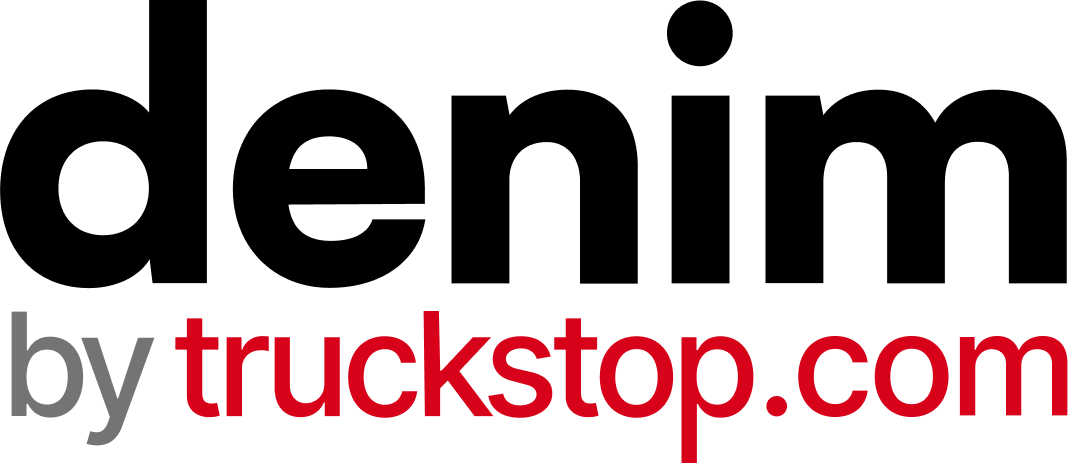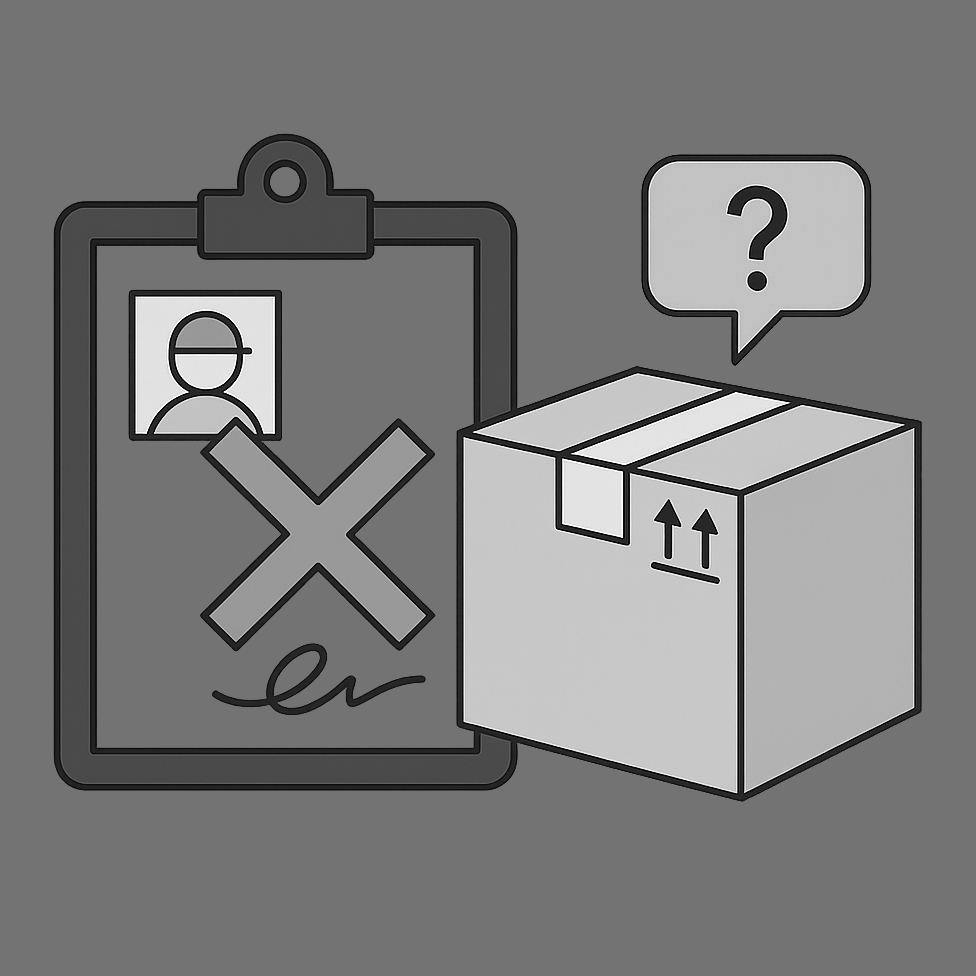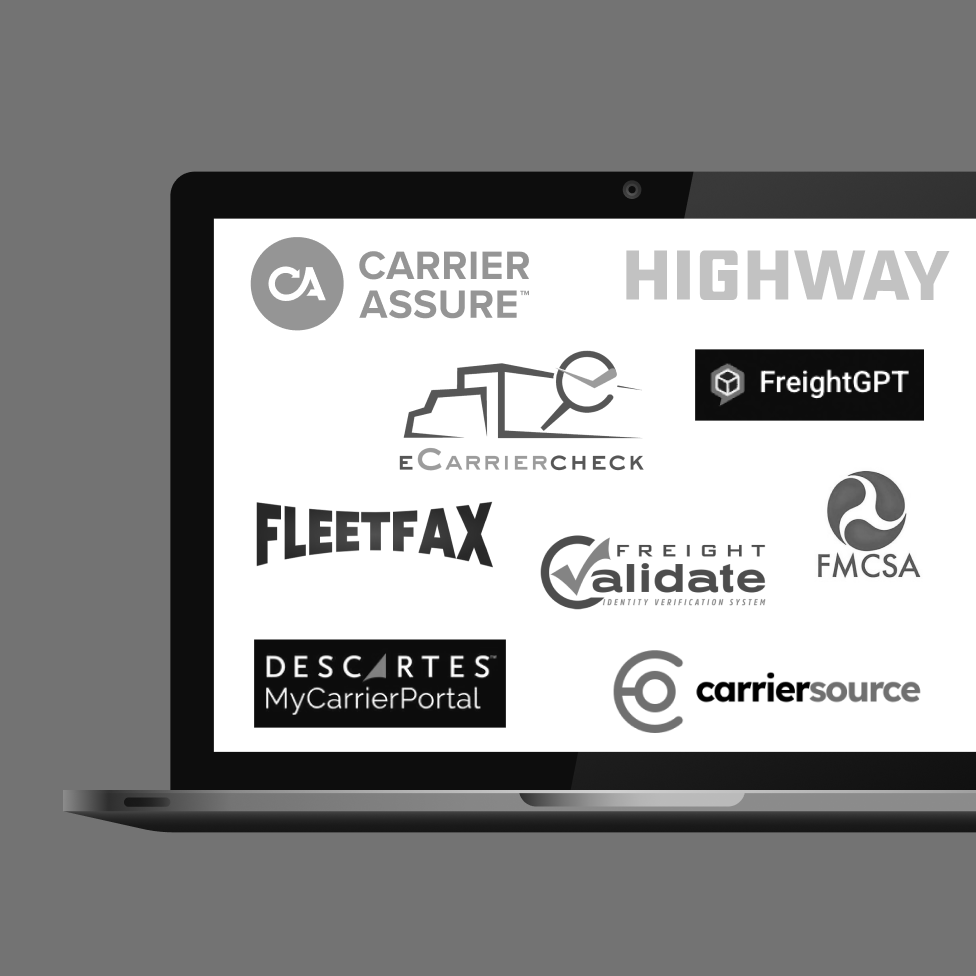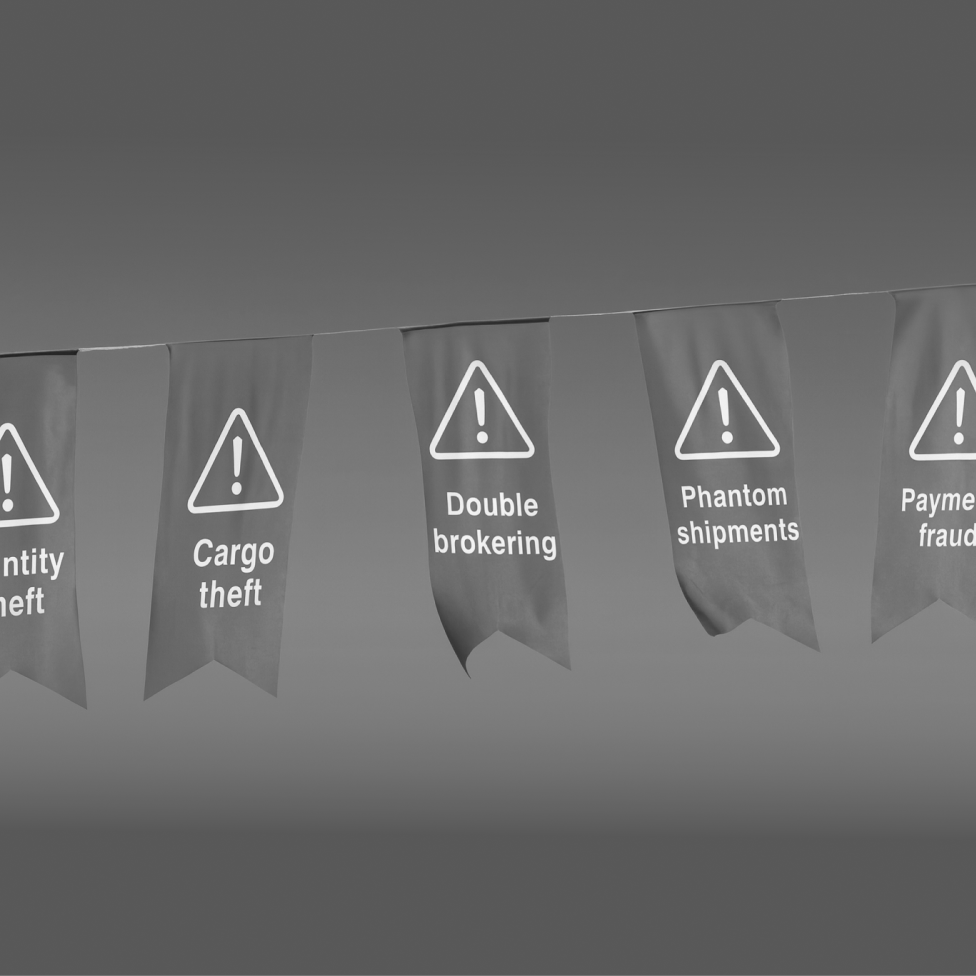Risk is an innate part of life and business. But you can mitigate some risks, avoid unfortunate outcomes, and build a successful freight brokerage.
When considering how to grow a freight brokerage, you should know that careful attention to risk management helps you adapt to changing economic times. You can plan for steady growth and build a brokerage that can thrive over the long term.
Keeping a close eye on your financials is essential to mitigating risk when learning how to grow a freight brokerage. You can focus on accelerating your income, reducing costs, and choosing the right mix of industries and customers to serve. Advanced freight broker software can help you every step of the way by providing you with real-time insights into the current health of your business.

Growing your brokerage begins with a solid financial plan. This guide will show you how to write a financial plan that sets you up for success.
Understand the health of your freight brokerage
Getting to know some essential financial concepts is critical when learning how to grow a freight brokerage. You also need solutions to manage financial details and automate key calculations to save time.
Understand your P&L sheet
A profit and loss statement—widely known as a P&L sheet—is one of the most valuable financial tools for any business. It's critical that you get familiar with P&L concepts when learning how to grow a freight brokerage. In essence, your P&L sheet summarizes key financial data, including income, costs, and expenses, during a specific period.
A P&L sheet includes the following data:
- Sales. Includes all your revenue from sales.
- Cost of goods sold (COGS). Includes expenses such as materials and transportation that factor into the cost of what you sell.
- Gross profit. Calculate by subtracting COGS from sales.
- Other income. Identifies other earning sources, such as rent or interest income.
- Expenses. Includes expenses involved in running your business, such as software or facility rentals.
- Net profit or loss. Calculate by taking gross profit, adding other income, and subtracting expenses.
While most companies create quarterly and annual P&L sheets, you can put them to use more frequently. Regularly analyzing your P&L sheet can help you keep an eye on cash flow and let you know if you are on track to generate a profit. You can identify whether you're not meeting profitability goals and make course corrections or know if you're in a position to pursue new investments.

Identify your most profitable shippers and carriers
While your P&L state provides a window into the overall health of your freight brokerage, it's not the only financial tool you need. It's helpful to know gross profit, but you must have clarity into your most profitable shippers and carriers. What's more, it's vital to know which companies pay you on time, so you can spend less time trying to track down payments. Whether you're a new broker or an established firm, identifying reliable shippers is an essential element of how to grow a freight brokerage.
That's why our team at Denim has developed a robust dashboard fine-tuned to the unique needs of freight brokers. Our dashboard provides at-a-glance insight into your fastest-paying and most profitable customers, along with your slowest-paying shippers. You can prioritize which shippers to do business with and know which ones are less reliable. Equipped with that information, you can choose to do business with more responsive companies and earn more.
Our dashboard also lets you see your most profitable and least profitable carriers, which is vital when understanding how to grow a freight brokerage. It's easy to see which carriers consistently meet their commitments and deliver loads on time and which ones fall short. Using this data, you can prioritize relationships with profitable carriers.
As an added benefit, our dashboard integrates directly with QuickBooks for a seamless transition of financial data between these two essential systems. You can enjoy up-to-date access to all your critical financial data to help you make smart business decisions.
Understand the health of your customers
Knowing which shippers always pay on time and which ones lag on payments gives you an important clue about your customers' financial and business health. Slow payments are often a sign of poor cash flow management or economic instability, especially if the problem persists over an extended time.
Running regular credit checks is another smart strategy to gauge the health of your customers. Frequent missed payments will lower a shipper's credit score and is an indicator of higher risk. While many brokers run credit checks before doing business with a new shipper, you should also check the scores of your existing shipping partners. A credit score decline can be a sign of economic hardship—and it's better to know before delayed payments become a problem for your brokerage. Keep this fact in mind when considering how to grow a freight brokerage.
Diversify your book of business
You've likely heard the phrase, "don't put all your eggs in one basket." While that's an old cliche, it rings true for anyone learning how to grow a freight brokerage.
Why? You don't want to have only one or very few shipping partners provide all of your business revenues. If they change their business model, choose another broker, or go out of business, you'll abruptly lose revenues and may be unable to recoup those losses quickly. That can lead to your brokerage floundering or failing—an outcome you clearly should avoid.
Diversifying your book of business is essential to mitigate risk and promote sustained profitability. While having a breadth of customers is necessary, you should secure customers across varied industries or shipping sectors as well.
Here are some proven approaches to diversify your customers and fortify the health of your business. You can put them to work when exploring how to grow a freight brokerage:
- Seek out industries with consistent demand. According to economists, some industries experience inelastic demand, which means consumer demand stays consistent even if prices or income fluctuate. That means some industries will always need shipping, no matter the conditions in the marketplace. Typically, industries such as discount retail, healthcare, groceries, do-it-yourself (DIY), and home repair fall into this category.
- Pursue your passion projects. Most brokers have a favorite sector that they're particularly passionate about. When you have the opportunity to explore your interests as a freight broker, you can gain in-depth knowledge of an industry and infuse those insights into everything you do. Your specialized expertise can be immensely valuable to your shipping partners in that sector and serve as an important competitive differentiator that wins you business.
- Consider different types of cargo. When learning how to grow a freight brokerage, transporting varied cargo loads is another strategy to diversify your business. For example, if you typically focus on dry goods, consider refrigerated loads, such as perishable foods or certain pharmaceuticals.

Managing costs
Keeping costs in check is another way to reduce risks in your business. And the right software is a must for anyone learning how to grow a freight brokerage.
Cut operating costs
When exploring how to grow a freight brokerage, you should look for opportunities to make your processes more efficient. Whenever you can reduce the time for your team to complete a routine task, you can achieve savings. Team members can then redirect their energies to higher-value work and optimize your back-office operations.
Take invoicing, for example. This routine function can be a significant manual burden, as was the case with one of our clients, Direct Expedite. The company CEO, a 30-year logistics industry veteran, saw that his team took an average of 2.5 hours to process an invoice and knew there had to be a better way. Not only was this cumbersome process affecting revenue collection, but it was also forcing staff to engage in tedious, frustrating data entry.
Choosing Denim as a back-office automation partner transformed invoicing at Direct Expedite. The company reduced invoice processing time to just 12 minutes and was able to accelerate its payments to carriers. In addition, the Direct Expedite back office team spent less time on invoicing and had new opportunities to grow their freight brokering skills. Employee retention climbed, and the company's financial success allowed them to add new team members.
This is just one example of a freight broker cost burden you can eliminate through automation. Powerful solutions can transform your back office and accelerate operational efficiency.
Focus on flexible financing operations
Another smart move when learning how to grow a freight brokerage is to pursue freight factoring. With freight factoring, you can send invoices to a third party for a reduced rate after carriers successfully deliver loads. The factoring company will pay you an advance and pursues payment from the shipper. Through this approach, you can maintain consistent cash flow and ensure your carriers get paid quickly.
Factoring can help take the stress out of waiting for funds and ensure you don't need to chase down payments for shipping partners. Instead, you can enjoy more predictable revenue streams, ensure you have the funds to cover critical expenses, and develop a positive relationship with your carriers. All of these factors promote stability and reduce risk in your business.
Prioritize cybersecurity
You may think cybercriminals only target large businesses, but that's unfortunately not the case. The truth is that hackers willingly go after any organization that handles business or financial data, including small businesses.
As reported in a Verizon cyber security study, many bad actors have a "we'll take anything we can get" philosophy, so no company is safe. Verizon's analysis uncovered 832 attacks on very small businesses with less than ten employees, with the attack motives being 100% financial. Unfortunately, a single security incident can be very costly and put a small company out of business.
What do people learning how to grow a freight brokerage need to know about cyber security? Using strong passwords and training your employees on security risks are important first steps. Beyond those basics, you also need to work with a trusted freight factoring partner with a strong commitment to cybersecurity. Your partner must limit the amount of personally identifying information it collects, encrypt all customer data, and provide secure data transmissions.
Being diligent about cybersecurity can safeguard your business against costly attacks. According to research from Cisco, 40% of small businesses experienced eight hours of downtime due to cyber attacks. And around 40% saw damage to more than 50% of their operational systems. The costs of unwanted downtime and system restoration can add up quickly--but smart cyber security practices can mitigate these risks.
Sign a freight broker contract
Instead of sealing deals with carriers with a handshake, you should always put terms in writing with a formal contract. Your contract should spell out critical details, including origin and destination points, rates and payment terms, dates, any additional services, dispute resolution processes, and other key details. In addition, your carriers should agree not to subcontract so that you know who is responsible for transporting cargo for your shipping partners.
Having a bill of lading (BOL) for every load is also critical. This document describes the freight, weight, item or pallet quantity, and any special handling instructions. Also, a BOL should list relevant National Motor Freight Classification (NMFC) codes for the load. There are 18 NMFC classes ranging from Class 50 for the least expensive items to Class 500 for the most costly items.
Work with trusted carriers
When learning how to grow a freight brokerage, you'll recognize the importance of fostering strong relationships with carriers. You need to focus on cultivating trust by paying carriers on time and showing appreciation for all the hard work they do.
Additionally, you need to hold your carriers accountable for their performance. Using our dashboard, you can keep tabs on your most profitable and least profitable carriers. Rewarding top carriers with choice loads and preferred routes can help them stay loyal to you. On the other hand, identifying carriers who aren't profitable can help you avoid doing business with underperforming carriers, which is essential when learning how to grow a freight brokerage.
You can also use carrier onboarding tools to vet your carriers to prevent fraud. Remember that you don't just need someone to transport loads from one place to another. You want to work with top carriers with an outstanding reputation for doing good work and being honest.
Risk management is the key to success
Learning how to grow a freight brokerage is an ongoing journey, but risk management should always be a critical component of your operations. From the earliest days of your brokerage, you need to have a fundamental knowledge of how to read a P&L sheet and identify your most profitable shippers and carriers. Those insights can help you stay on top of your financials to make intelligent business decisions that drive profitability and have enough funds on hand to cover unexpected expenses.
Controlling costs is another critical step in learning how to grow a freight brokerage. You can automate key functions to eliminate costly manual work and use freight factoring to ensure a steady cash flow both for you and your carriers. Steps like these can help you establish a sterling reputation as a prompt payer and inspire the best carriers to want to work with you again and again. Having a solid network of trusted carriers empowers you to deliver better service to your shipping customers, which means more loads and more revenues.
No doubt about it: understanding risk management is a critical component of how to grow a freight brokerage. Putting proven practices to work and using top-quality technology solutions build exclusively for freight brokers can minimize risk and help your firm thrive.
Denim’s automated solutions streamline your back-office operations. Explore our solutions to see how Denim can help your business scale efficiently.
There's a better way


.png)




